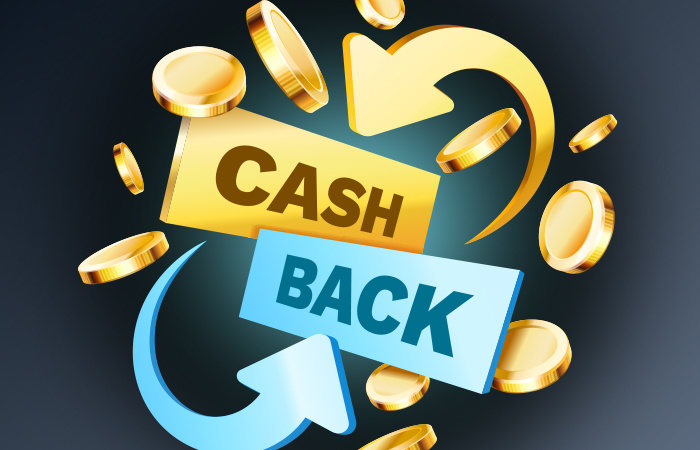Credit card spending is often considered "bad," but if you can pay your balance in full each month, it can be a great source for extra cash.
Here are the two most intriguing words in the English language: free money.
That's one reason cash back reward programs offered by credit card companies are so popular. Everybody loves the thought of something for nothing. How does one best maximize the cash back options offered by these programs? Are there terms and conditions of which to be aware in the fine print? Can cash back programs play an essential role in a wealth-building plan?
Let's find the answers.
The Basics of Cash Back
The standard cash back program offered by credit card companies acts as an incentive - by using the designated credit card, you earn back a certain percentage of the cash you spend. These cash back incentives are part of a broader group of loyalty or rewards programs offered by card issuers, often including things such as travel miles or points which can be redeemed for goods.
The cash back benefit is typically calculated annually, and then the reward is either applied to your card or sent out via check.
Who Benefits the Most From Cash Back Programs?
If you pay off your balance every month, you're the ideal candidate for a cash back card. That's because many rewards-based cards have a slightly higher annual percentage rate, which means those who don't pay off their debts every month will pay more in accumulated interest. These higher interest payments may cancel out or even exceed any cash back rewards gained by using the card.
How Much Cash Back Can I Receive?
The industry standard cash back percentage falls between one and five-percent, so it pays to shop around for the most generous card. Here's where it gets slightly tricky, however - the cash back percentage with some cards can change depending on what you purchase or how long you've held the card. Some cards offer a five-percent introductory rate that drops to one or two-percent after a given period of time. Others will pay more cash back for purchases such as gas or groceries.
What Else Do I Need To Know?
Some cash back programs require you to re-enroll as often as every quarter, so you'll need to stay on top of things. And some cards also have a yearly cap - a maximum amount of cash that can be paid back in any given year. Perhaps the best strategy for most people is to choose a card with a flat-rate cash back percentage that doesn't change. This approach keeps the process automatic and predictable.
The Takeaway
For those who rarely carry a credit card balance, cash back programs are a smart way to generate extra income from everyday purchases. If you routinely carry a balance, however, the benefits of cash back should be weighed against any difference in interest rates between available cards. The big idea is that you keep more of your money, and whether that's through paying lower interest rates or through cash back doesn't matter. It still pays to remember that "a penny saved is a penny earned."

